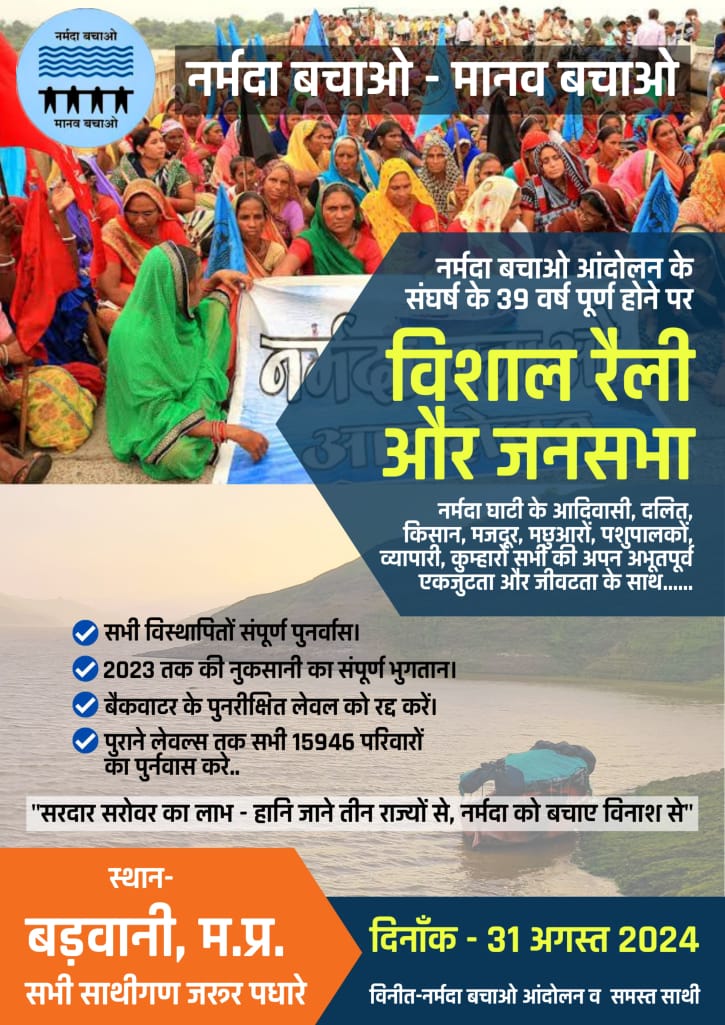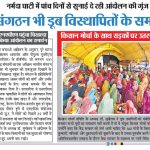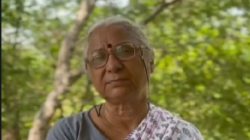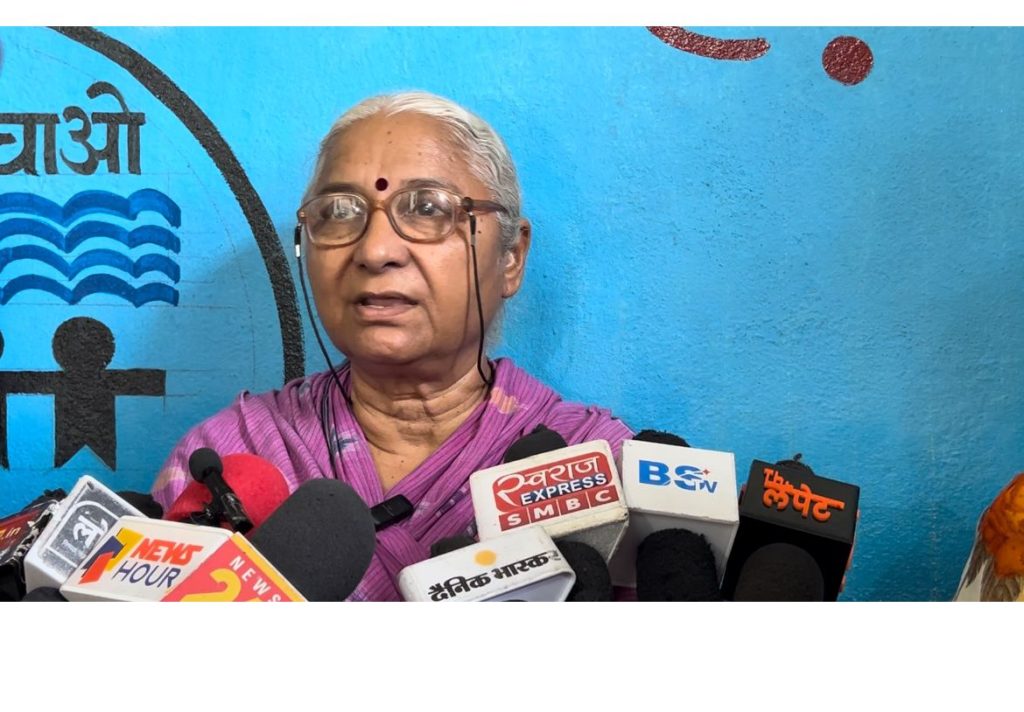The first Narmada Jeevanshalas started in two villages on the banks of the Narmada River in 1991-92. Attempts to pressurize the government to provide functional schools in place of those run on paper failed miserably. The demand for schools in these remote areas grew. Young volunteers set the ball rolling and Jeevanshalas were established. Collaboration from the local communities led to the establishment of ‘Gaon Samitis (Village Commities).
Most of these Jeevanshalas (Life-schools) had to be made residential because of the difficult terrain the children lived in. The adivasis built Structure of the type they live in, contributed food items from whatever they grew and a ‘mavshi’ (a local lady) offered help as a cook. A rolling black board, some chalk and charts, a retired teacher/ a young volunteer willing to stay in the remote village – and a Jeevanshala was born!
However, circumstances changed with each increase in dam height. Local farmers and the forest resources base were submerged and contributions from the local community became minimal. Jeevanshalas which were largely self-supporting became dependent on outside support are now very cost intensive.







